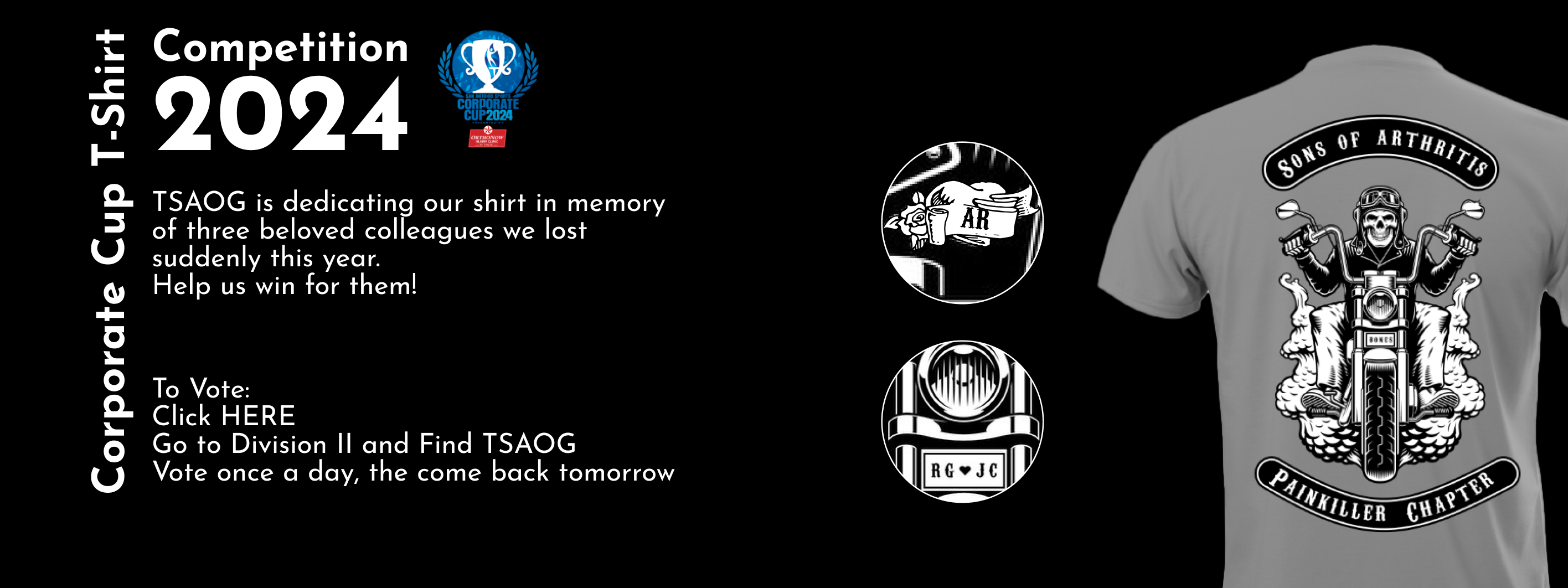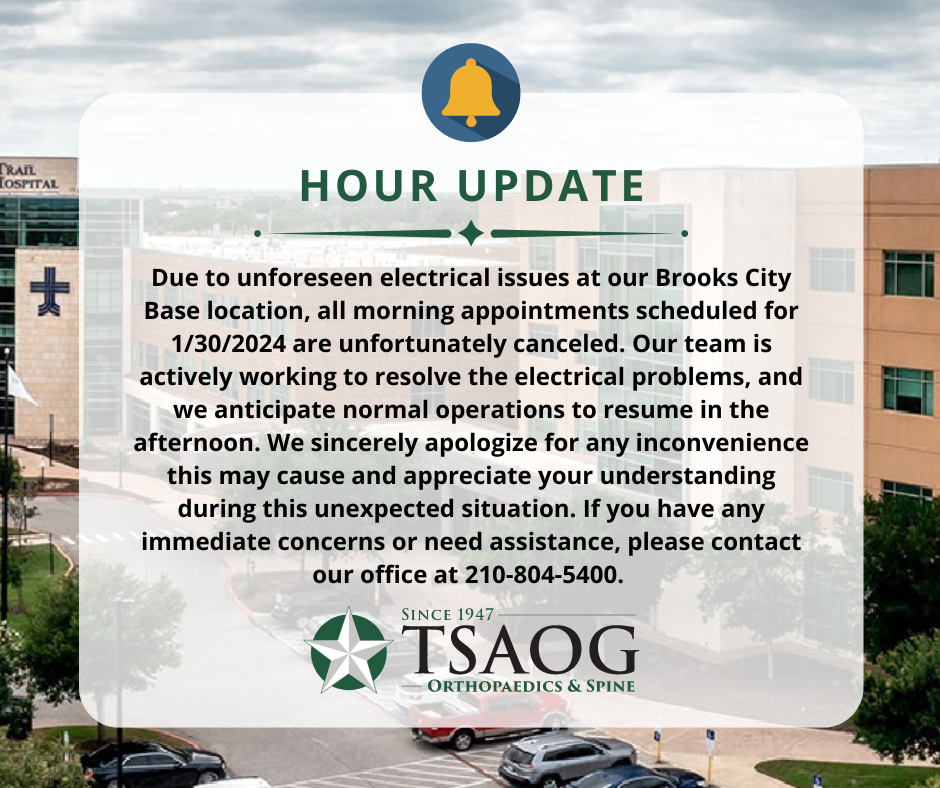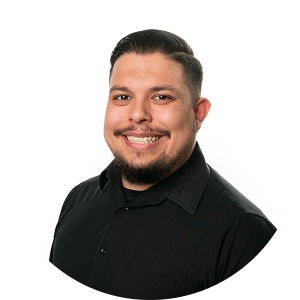Shoulder
Replacement Center
Home » Services » Joint Replacement » Shoulder Replacement
When To Consider Shoulder Replacement
It may be time for you to consider a total shoulder replacement if:
- You have intense shoulder pain that keeps you awake at night or wakes you up.
- You have shoulder pain that limits your daily activities, like dressing, bathing, or reaching into cabinets.
- You have noticed weakness and/or decreased range of motion in your shoulder.
- You have tried conservative treatment options for shoulder pain with no success.
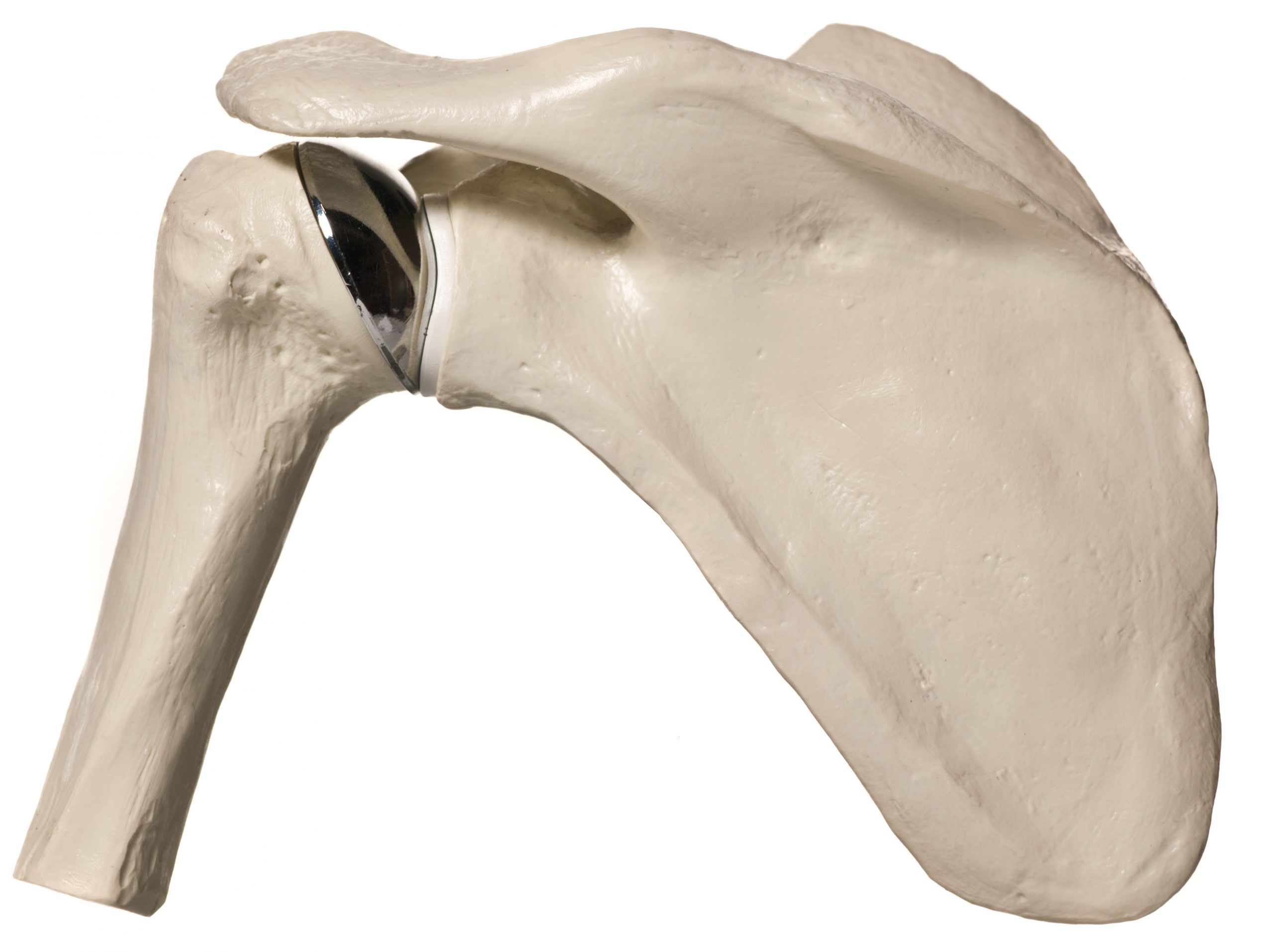
What is Shoulder Replacement?
When the articular cartilage surrounding the ball and socket of your shoulder joint (where the humerus meets the scapula) is damaged beyond repair, most often due to osteoarthritis (or degenerative joint disease), shoulder replacement surgery seeks to remove the damaged portion of the shoulder and replace it with an artificial component to increase range of motion and alleviate shoulder pain.
Total Shoulder Replacement
A total shoulder replacement (or total shoulder arthroplasty) is used for patients with severe arthritis in the shoulder joint, but with a functioning rotator cuff. Total shoulder replacement involves 5 main steps:
- Preparation of the Glenoid – The damaged cartilage, as well as a small amount of the bone, is removed from the socket (glenoid) in the scapula (shoulder blade) and the new surface is shaped to fit the designated implant.
- Preparation of the Humerus – The ball at the end of the humerus, along with the damaged cartilage, is removed and the center of the humerus is reamed to fit the designated humeral stem implant.
- Positioning of Glenoid Implant – A cup-shaped plastic implant is positioned in the glenoid. It can be cemented or press fit into place. This plastic implant provides a smooth gliding surface, acting in place of cartilage for the artificial shoulder.
- Positioning of Humeral Stem Implant – A metal stem is inserted into the humerus bone. It can be cemented or press fit into place.
- Positioning of Humeral Head – A metal ball is positioned on top of the humeral stem, taking the place of the damaged end of the humerus, which was removed.
Reverse Shoulder Replacement
A reverse shoulder replacement (reverse shoulder arthroplasty) is used for patients with severe arthritis in the shoulder joint, but without a functioning rotator cuff (rotator cuff arthropathy). Reverse shoulder replacement gets its name from the fact that it reverses the position of the ball and socket in the shoulder joint. It involves 5 main steps:
- Preparation of the Glenoid – The damaged cartilage, as well as a small amount of the bone, is removed from the socket (glenoid) in the scapula (shoulder blade) and the new surface is shaped to fit the designated implant.
- Preparation of the Humerus – The ball at the end of the humerus, along with the damaged cartilage, is removed and the center of the humerus is reamed to fit the designated humeral stem implant.
- Positioning of Glenoid Implant – A metal base plate is positioned in the glenoid cavity and affixed directly to the bone with screws. A metal ball (glenosphere) is then affixed to the base plate
- Positioning of Humeral Stem Implant – A metal stem is inserted into the humerus bone. It can be cemented or press fit into place.
- Positioning of Humeral Socket – A plastic cup-shaped implant is positioned on top of the humeral stem. This plastic implant provides a smooth gliding surface for the ball now on the scapula, acting in place of cartilage for the artificial shoulder.
Reverse shoulder replacement offers the same benefits of total shoulder replacement, but changes the biomechanics of the shoulder joint to maximize the efficiency of the larger deltoid muscle and allow patients without an intact rotator cuff to regain some of their lost function.
In addition to helping patients with rotator cuff arthropathy, reverse shoulder replacement has allowed surgeons to address very difficult shoulder problems like arthritis with bone loss, fracture non-union or malunion, and failed shoulder replacements.
Speak with your surgeon to learn more about the two types of shoulder replacement and which might be most appropriate for you.
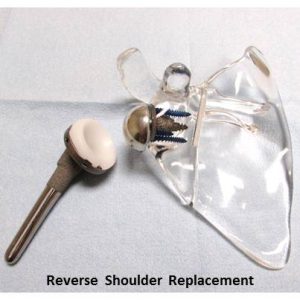
What to Expect After Surgery
- Most patients will stay 1-2 days in the hospital, where they will work on gentle, passive stretching with a therapist to reduce swelling. Once out of the hospital, patients begin physical therapy (either with a physical therapist coming to their home or in outpatient physical therapy sessions).
- Physical therapy starts with gentle and passive exercises for the first 4-6 weeks, then progresses to full stretching and active exercises. The duration of physical therapy for a shoulder replacement will depend on the rate of tissue recovery.
- After recovering from shoulder replacement, you can expect to live a normal lifestyle, including activities like fishing, golfing, and tennis. Most shoulder replacement patients experience a significant reduction in pain as well as a vastly increased range of motion and ability to perform daily activities.
Dr. Philip M. Jacobs, board-certified orthopedic surgeon and sports medicine specialist, discusses when to consider shoulder replacement surgery.
Dr. Richard L. Ursone, board-certified orthopedic surgeon, discusses what to expect from your shoulder replacement surgery.
Dr. B. Christian Balldin, orthopedic surgeon and sports medicine specialist, discusses total shoulder replacement implants and how they work.
Dr. Eloy Ochoa, Jr., board -certified orthopedic surgeon and sports medicine specialist, discusses the difference between total shoulder replacement and reverse shoulder replacement.
Dr. Sergio Viroslav, board-certified orthopedic surgeon, discusses reverse shoulder replacement and real patients discuss their experience.
The bottom line is that shoulder replacement surgery is a last resort for dealing with shoulder pain due to arthritis. However, if you have tried conservative treatment options with no success and persistent arthritic shoulder pain is interfering with your life and limiting your daily activities, it is time to talk with your doctor about a shoulder replacement.
Your Shoulder Replacement Team
Book an Appointment
FIND A LOCATION

Mission Trail Medical Plaza
3327 Research Plaza, #215
San Antonio, TX 78235

Christus Santa Rosa NW, Tower I
2829 Babcock Rd., #700
San Antonio, TX 78229

Ridgewood Orthopaedic Center
19138 US-281 N
San Antonio, TX 78258
PHYSICIANS: David R. Espinoza, M.D. , Joseph Poku, M.D. , G. Lane Naugher, M.D. , Matthew C. Swann, M.D. , M. Brandon Dobson, M.D. , Linzy Fitzsimons, M.D. , Robert U. Hartzler, M.D., M.S. , Richard Nauert, M.D. , Randall C. Marx, M.D. , Bryan W. Kaiser, M.D. , Justin Robbins, M.D. , Dustin B. Rinehart, M.D. , Lauren E. Karbach, M.D. , Cory J. Moczygemba, DPM , Stephen C. Drukker, M.D. , Ephraim K. Brenman, D.O., R.M.S.K. , Eloy Ochoa, Jr., M.D. , Michaelia Sunderland, M.D. , Patrick Ahern, M.D. , Casey D. Taber, M.D. , Jonathan S. Duncan, M.D. , Scott R. Seidel, D.C. , Alexander S. Rowland, M.D. , B. Christian Balldin, M.D. , Richard L. Ursone, M.D. , Jessica F. Rutstein, D.P.M. , Sergio Viroslav, M.D. , David E. Vizurraga, M.D. , David T. Hughes, D.P.M.

Westover Hills Medical Plaza I
11212 State Hwy 151, #150
San Antonio, TX 78251

Grayson Heights
1422 East Grayson Street, Ste 102
San Antonio, TX 78208
PHYSICIANS: S. Josh Bell, M.D. , Mickey S. Cho, M.D.

The Orthopaedic Institute
400 Concord Plaza Dr.
San Antonio, TX 78216
PHYSICIANS: Matthew C. Swann, M.D. , G. Lane Naugher, M.D. , Eloy Ochoa, Jr., M.D. , Anthony Montanez, M.D. , David R. Espinoza, M.D. , Eduardo Moreno, M.D. , Stephen T. Gates, M.D. , Justin Robbins, M.D. , Ephraim K. Brenman, D.O., R.M.S.K. , Christopher J. Tucker, M.D. , Randall C. Marx, M.D. , Christian A. Woodbury, M.D. , David E. Vizurraga, M.D. , Frank J. Garcia, M.D. , Alexander S. Rowland, M.D. , Lauren E. Karbach, M.D. , B. Christian Balldin, M.D. , Shane C. Eizember, M.D. , Charles E. Bryant, M.D. , S. Josh Bell, M.D. , Casey D. Taber, M.D.

Resolute Retail Plaza
601 Creekside Crossing #106
New Braunfels, TX 78130

Schertz Parkway Professional Plaza
5000 Schertz Parkway, #600
Schertz, TX 78154
PHYSICIANS: Charles E. Bryant, M.D. , Jeffrey B. Shroff, M.D. , Jonathan S. Duncan, M.D. , Lauren E. Karbach, M.D. , Emmanuel C. Nwelue, Jr., M.D. , Richard L. Ursone, M.D. , Justin Robbins, M.D. , Dustin B. Rinehart, M.D. , Mickey S. Cho, M.D. , Richard Nauert, M.D. , Michaelia Sunderland, M.D. , Nicholas Nira, D.C.
Quarry Area
Add an optional description to your map pin
Ridgewood Orthopaedic Center
Schertz
Medical Center
Westover Hills
WorkSmart at Grayson Heights
Brooks City Base
New Braunfels

